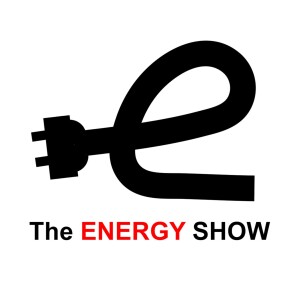
copyright 2022 - The Energy Show, Barry Cinnamon
Mr. Burns of Simpson’s fame — the personification of utility greed and political power — is happily rubbing his hands together as California roasts in the dark. And this situation will get much worse in the coming years.
First, there is insufficient power during heat waves. Even with large solar and wind farms, gas peaker plants, one remaining nuclear plant, and long distance transmission lines importing power — the state is dangerously close to rolling blackouts. As I write this, the predicted power demand is 51,000 megawatts and the theoretical supply of power is 56,000 megawatts. Too close for comfort if temperatures are higher, if power plants go off line, if wildfires get worse, if people do not respond to flex alerts, and if there are also power shortages in nearby states.
Second, electric rates are skyrocketing. Rates increased 3% from 2000 to 2015, 6% from 2015 to 2020, and 14% in 2021 and 2022 (so far) — all before the impact of inflation over the past year. These skyrocketing rates are simply unaffordable to many homeowners and businesses. The driving factors behind these rate increases are out of control investments by California’s investor owned utilities (IOUs). For example, PG&E’s plan to bury 10,000 miles of transmission lines will cost ratepayers in the neighborhood of $100 billion dollars over the next 10 years. That $100 billion is more than enough to install solar and storage on every building in northern California with a sunny rooftop.
Third, electrification will require even more power. The state plans to stop selling gas cars by 2035, requiring a rapid transition to electric vehicles as gas stations are replaced with EV chargers. All new buildings will be heated with electricity, and gas heating equipment in existing buildings will be steadily converted to heat pumps. These factors are likely to increase power demands by another 50% per capita.
Practical solutions to solve these power problems are limited. We can’t go back to the fossil fuel age. New nuclear plants will take 20+ years to construct, and are more expensive than renewables with batteries. Importing power via long distance transmission lines is expensive, dangerous and unreliable. Continued droughts mean we cannot depend on hydroelectric power.
The fastest, cheapest and cleanest solution is to accelerate solar and storage installation on homes and businesses. Buildings can be converted to zero net energy in fewer than six months. Funding as part of the Inflation Reduction Act coupled with widely available clean energy loans make solar and storage cash flow positive for almost every building owner. But monopoly utilities, the biggest lobbyists in the state, spend millions to discourage customer solar and storage installations.
Please tune in to this week’s Energy Show for specific details on what you can do to avoid this California's power problems — as well as what California must do to reign in the destructive economic influence of investor-owned utilities.
view more
More Episodes
The Energy Show 11-20-24
 2024-11-18
2024-11-18
 2024-11-18
2024-11-18
SunPower – Requiem for a Solar Leader
 2024-08-13
2024-08-13
 2024-08-13
2024-08-13
My AC Broke - Is a Heat Pump Cool?
 2024-06-24
2024-06-24
 2024-06-24
2024-06-24
Save the Photons
 2024-06-18
2024-06-18
 2024-06-18
2024-06-18
5 Reasons Not To Install A Heat Pump
 2024-06-04
2024-06-04
 2024-06-04
2024-06-04
012345678910111213141516171819
Create your
podcast in
minutes
- Full-featured podcast site
- Unlimited storage and bandwidth
- Comprehensive podcast stats
- Distribute to Apple Podcasts, Spotify, and more
- Make money with your podcast
It is Free
- Privacy Policy
- Cookie Policy
- Terms of Use
- Consent Preferences
- Copyright © 2015-2024 Podbean.com






